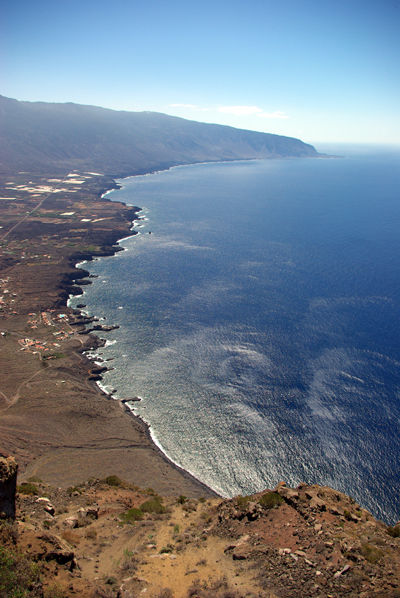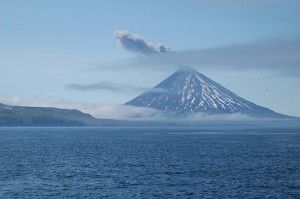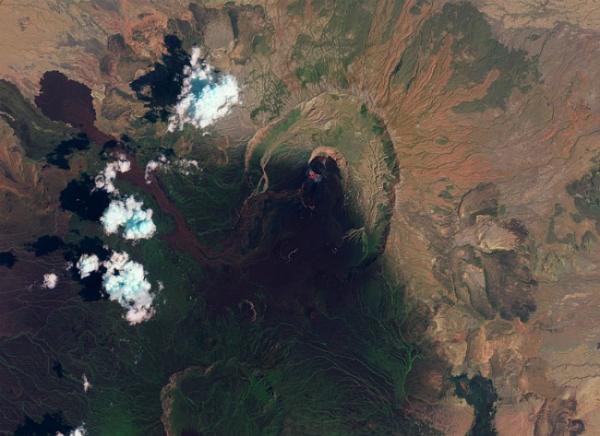
Nearly 600 people from the southernmost village, La Restinga, remained out of their homes Thursday after they were evacuated on Tuesday.
Seismologists have found two separate fissures less than 2.3 miles and 1.7 miles from La Restinga.
"I confirm the existence of two points of volcanic eruption at El Hierro," Laura Otero, a spokeswoman for the local authorities, told AFP.
The first eruption occurred at a depth of 700 meters (2,300 feet) and the other at a depth of 200 meters (655 feet).
Scientists from ING, CSIC, and the University of Cadiz are trying to determine if the subsea volcanic vent is widening and, if so, if it is widening in the direction of El Hierro.










